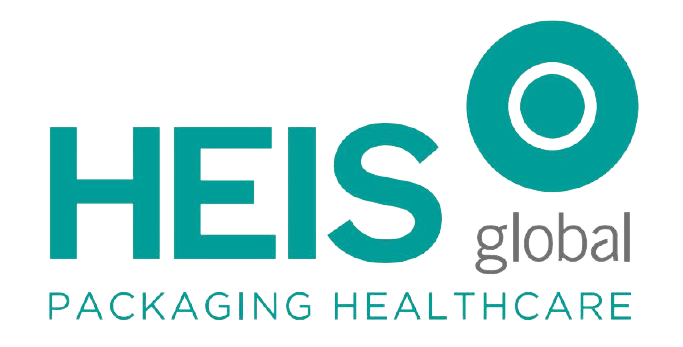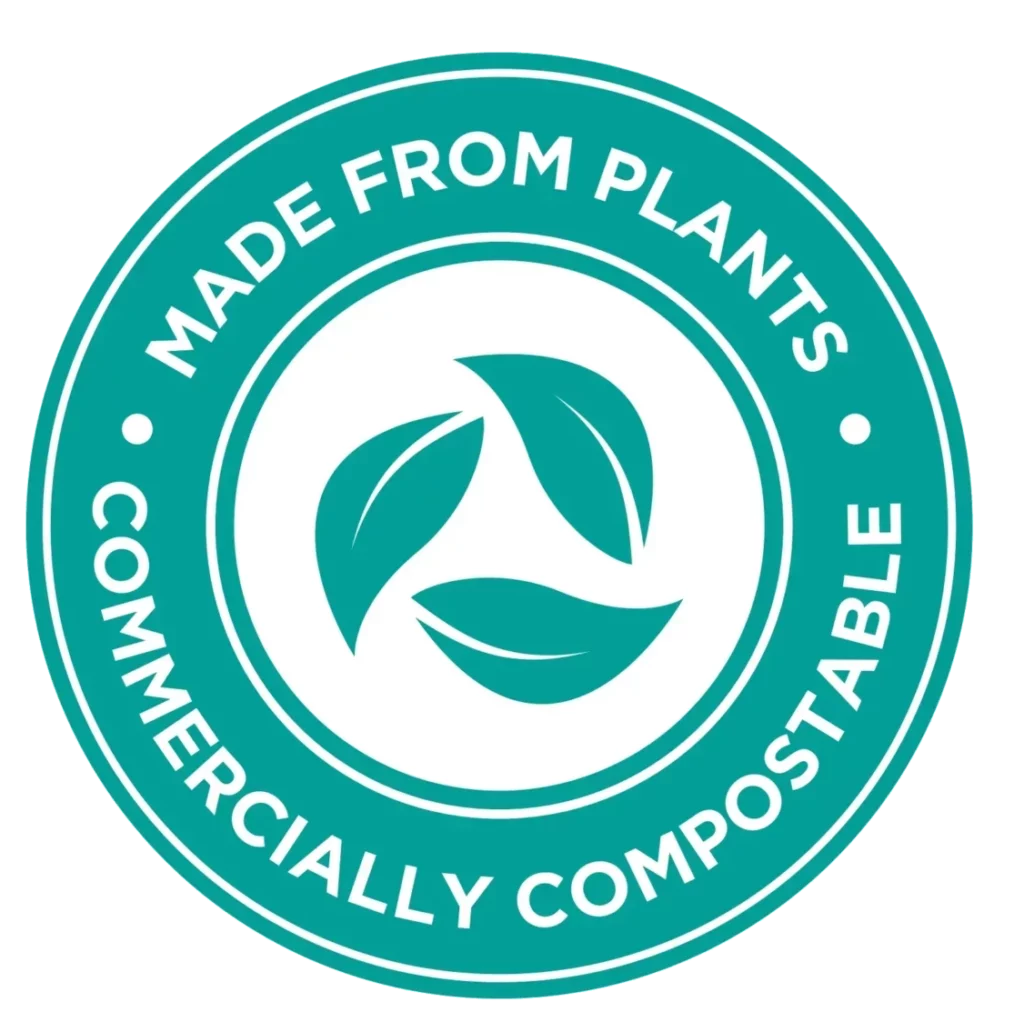Introducción
El imperativo global de sostenibilidad ha alcanzado niveles sin precedentes. Tanto los consumidores como las empresas están buscando activamente alternativas ecológicas para reducir su impacto ambiental. En respuesta, la industria del packaging ha estado a la vanguardia de soluciones innovadoras, y una de esas innovaciones pioneras es el RPET, o Tereftalato de Polietileno Reciclado. El RPET ofrece una alternativa sostenible a los plásticos tradicionales, abordando la urgente necesidad de soluciones de packaging ambientalmente responsables. Este artículo profundiza en las opciones de packaging sostenible proporcionadas por el RPET y los plásticos tradicionales, realizando una comparación detallada de sus impactos ambientales.
Entendiendo el RPET y los Plásticos Tradicionales
Antes de embarcarnos en nuestro viaje de comparación, es crucial establecer una sólida comprensión del RPET y los plásticos tradicionales:
RPET (Tereftalato de Polietileno Reciclado): El RPET es un tipo específico de plástico creado a través del reciclaje de productos PET (Tereftalato de Polietileno), como botellas de plástico. Lo que distingue al RPET es su proceso de reciclaje de ciclo cerrado. Los productos PET usados son meticulosamente recolectados, limpiados y transformados en nuevo material RPET, creando un ciclo sostenible y eficiente.
Plásticos Tradicionales: Los plásticos tradicionales, en marcado contraste, se derivan principalmente de materiales vírgenes extraídos de combustibles fósiles. Estos plásticos son omnipresentes en
Reducir huella de carbono

Una de las principales fuerzas impulsoras detrás de la adopción de RPET es su sustancial potencial para reducir la huella de carbono asociada con los materiales de packaging. Aquí te mostramos cómo brilla el RPET en este aspecto:
Ahorro de Energía: La producción de RPET requiere significativamente menos energía en comparación con la producción de plásticos vírgenes. Esto se traduce directamente en menores emisiones de carbono durante el proceso de fabricación, contribuyendo a un ambiente más limpio y sostenible.
Reducido de Depleción de Recursos: El RPET disminuye sustancialmente la demanda de producción de plástico nuevo, conservando así recursos naturales vitales como el petróleo. Esta reducción en la depleción de recursos representa un paso significativo hacia la sostenibilidad a largo plazo.
Reciclaje y Economía Circular
El RPET ejemplifica la esencia de la economía circular, donde los materiales se reciclan y reutilizan sistemáticamente en un sistema de ciclo cerrado:
Reciclabilidad: El RPET cuenta con una alta reciclabilidad, siendo el pilar de una economía circular. Los productos elaborados con RPET pueden ser recolectados, procesados y utilizados eficientemente para crear nuevos artículos de RPET, estableciendo así un ciclo sostenible y de reducción de desechos.
Reducción de Residuos Plásticos: Al desviar botellas de plástico usadas de los vertederos y la incineración, el RPET desempeña un papel fundamental en la reducción de residuos plásticos, abordando una preocupación ambiental prominente y urgente.
Impacto Ambiental de los Plásticos Tradicionales
En contraste, los plásticos tradicionales vienen con su propio conjunto de desafíos ambientales:
Intensivos en Recursos: La producción de plásticos vírgenes consume cantidades sustanciales de combustibles fósiles, contribuyendo significativamente a la depleción de recursos y a las emisiones de gases de efecto invernadero. Esto representa una grave carga sobre los recursos finitos de nuestro planeta y un acelerador del cambio climático.
Reciclabilidad Limitada: Aunque algunos plásticos tradicionales pueden ser reciclados, muchos terminan en vertederos o en el océano, donde tardan cientos de años en descomponerse. Este largo tiempo de descomposición agrava las preocupaciones sobre la contaminación y crea daños ambientales duraderos.
Contaminación por Microplásticos: Con el tiempo, los plásticos tradicionales se descomponen en microplásticos, planteando graves amenazas para los ecosistemas y la vida marina. La acumulación de microplásticos en nuestro medio ambiente presenta desafíos complejos con consecuencias a largo plazo.
Equilibrando la Sostenibilidad y el Costo
Si bien el RPET presenta notables ventajas ambientales, es importante reconocer que puede tener un costo ligeramente más alto que los plásticos tradicionales debido a las complejidades del proceso de reciclaje y la demanda del mercado. Sin embargo, las empresas visionarias están reconociendo cada vez más el valor intrínseco de invertir en packaging sostenible. Estas inversiones se alinean con las preferencias del consumidor y mitigan los riesgos ambientales a largo plazo, beneficiando tanto a las empresas como al planeta.
Conclusión
El packaging sostenible ya no es una tendencia opcional; es una necesidad inequívoca en nuestro clima global actual. El RPET emerge como una alternativa convincente y visionaria a los plásticos tradicionales, ofreciendo beneficios tangibles como la reducción de emisiones de carbono, la conservación de recursos y un proceso de reciclaje de ciclo cerrado. A medida que los consumidores continúan gravitando hacia productos ecológicos, las marcas que adoptan packaging de RPET pueden posicionarse como líderes ambientalmente responsables y conscientes socialmente en sus respectivas industrias.
Si bien puede haber consideraciones de costo inicial, las ventajas perdurables del RPET, incluyendo una reputación de marca fortalecida, un impacto ambiental reducido y la alineación con los objetivos de sostenibilidad, lo convierten en una elección sabia para las empresas comprometidas con el éxito a largo plazo. A medida que avanzamos hacia un futuro más sostenible, el RPET lidera el camino como una solución de packaging sostenible con beneficios ambientales profundos e innegables. Es la elección responsable, no solo para hoy, sino para el bienestar de las generaciones futuras.


